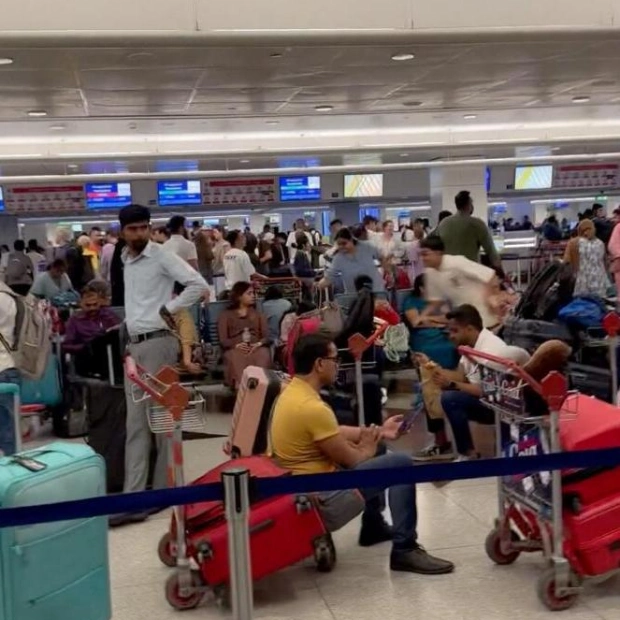How to Kill an Asteroid by Robin George Andrews, published by W.W. Norton & Co., is a comprehensive exploration of the methods and challenges involved in preventing a catastrophic asteroid impact. Unlike the dinosaurs, who faced a grim end due to an asteroid, modern humans have the advantage of scientific advancements to potentially avert such a disaster. Andrews delves into the complex and daring strategies that scientists are developing to protect Earth from these celestial threats.
The book's title might suggest a more explosive approach, but Andrews clarifies that the most effective method is not to destroy the asteroid but to deflect it before it reaches Earth. This involves intricate physics and careful assessment to determine which asteroids pose a genuine threat and which can be safely ignored. The question remains: can we detect and intercept these space rocks in time, and if we do manage to deflect them, will they fragment into countless dangerous pieces?
Planetary defense is a relatively new field, emerging as a serious scientific endeavor in the 1990s, though it began as a theoretical exercise in the 1980s. Andrews provides a detailed and engaging account of the history and current state of this field, taking readers on a journey from historical asteroid impacts to recent tests of our preparedness. One such test is the DART mission, which stands for the Double Asteroid Redirection Test. In 2021, NASA launched a spacecraft to collide with Dimorphos, a harmless asteroid moonlet, to see if it could alter its orbit. The mission succeeded in September 2022, proving that deflection is a viable strategy.
Despite DART's success, Andrews highlights the sobering reality that this is currently the only proven method in our defensive arsenal. The real obstacles are not scientific but bureaucratic, as securing funding and approval for asteroid detection projects remains a significant challenge. For instance, NASA's NEO Surveyor, an essential space observatory, faces an uncertain future due to budget cuts. Additionally, the loss of the Arecibo Observatory in 2020 has weakened our ability to monitor potential threats.
Beyond technological challenges, Andrews also addresses the geopolitical and social implications of asteroid preparedness. The fear and panic that could accompany an impending asteroid strike might lead to widespread chaos, including misinformation, economic disruption, and even geopolitical conflicts. However, the book remains optimistic, emphasizing that numerous ideas and strategies exist to thwart asteroid strikes, and it calls for renewed investment in planetary defense to ensure we are prepared for any future threats.
Source link: https://www.sciencenews.org






